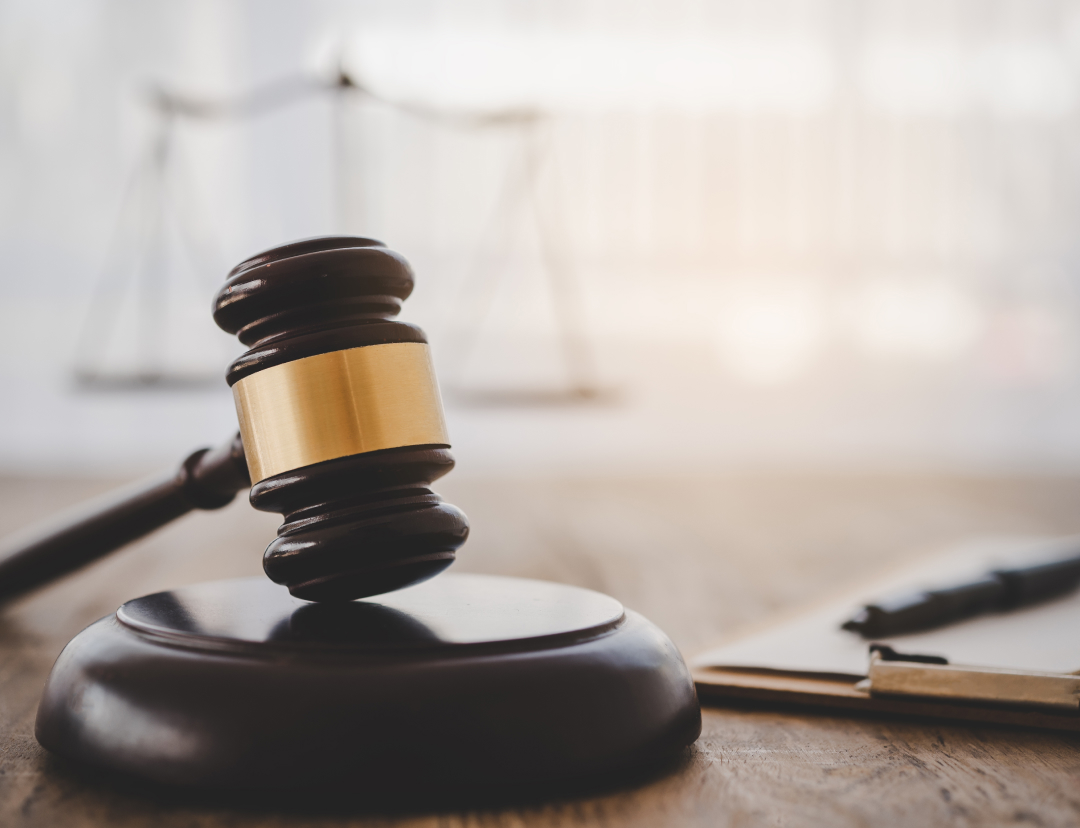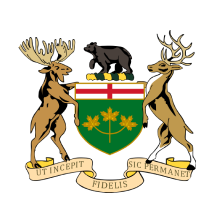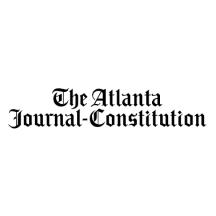President Donald Trump recently signed an executive order directing the Department of Justice to pursue legal action against individuals who burn the American flag. He described the flag as "the most sacred and cherished symbol of the United States of America, and of American freedom, identity and strength." Trump characterized flag desecration as an act of "contempt, hostility and violence" that could potentially incite riots.
In a related incident, a man was arrested for setting a flag on fire in protest of the executive order. Authorities stated that he was detained for "igniting an object" and later turned over to U.S. Park Police, who clarified that the arrest was for illegally lighting a fire in a public park, not specifically for burning a flag.
The executive order comes amid concerns about free speech and potential violations of the First Amendment. The order argues that the Supreme Court has not protected flag burning when it constitutes "fighting words" or is likely to incite imminent lawless action. However, critics argue that the standard of "likely to incite" is vague and could apply to many forms of speech, especially controversial ones.
In American constitutional law, speech loses its protection only when it meets a high threshold of incitement to violence. Most flag burnings are symbolic protests intended to draw attention rather than to cause physical harm. Historically, flag desecration laws emerged during the U.S. Civil War, and the Flag Protection Act was enacted in 1968 in response to protests against the Vietnam War. However, in the landmark case Texas v. Johnson in 1989, the Supreme Court ruled that flag burning is a form of symbolic expression protected by the First Amendment.
In Canada, there are no laws against flag burning, and such acts are likely protected under the Charter of Rights and Freedoms. A private member’s bill in the late 1990s proposed criminalizing flag desecration but did not pass. Recently, Ontario considered a flag-burning law but abandoned it after public opposition.
Trump's executive order may be an attempt to challenge the 1989 Supreme Court ruling, hoping for a reversal by a more conservative court. Critics warn that such a move could undermine freedom of expression, regardless of how shocking or offensive that expression may be. They argue that if the government is allowed to decide which speech is acceptable, it could lead to a dangerous precedent for free expression in America.

 Canada News
Canada News

 Local News in Ontario
Local News in Ontario Canadian Occupational Safety
Canadian Occupational Safety The Province
The Province National Post
National Post The Atlanta Journal-Constitution Sports
The Atlanta Journal-Constitution Sports AlterNet
AlterNet Raw Story
Raw Story